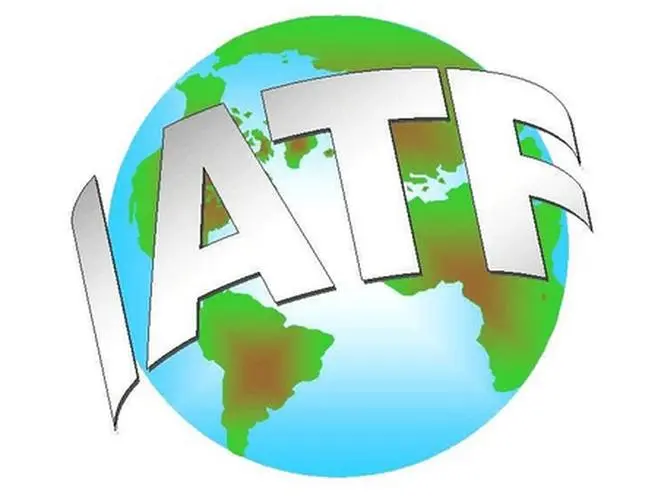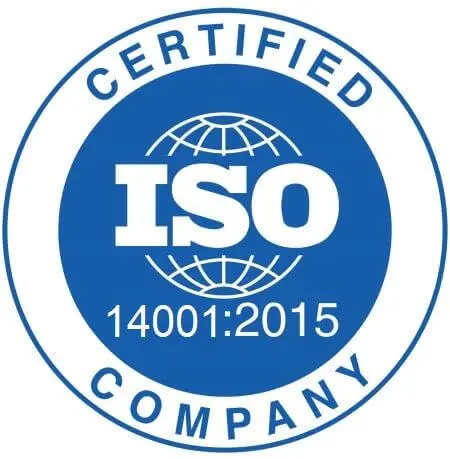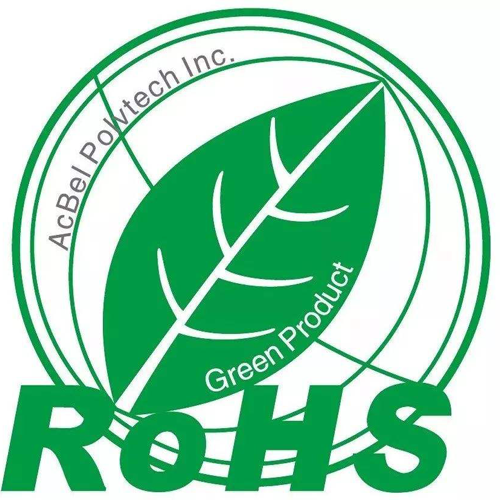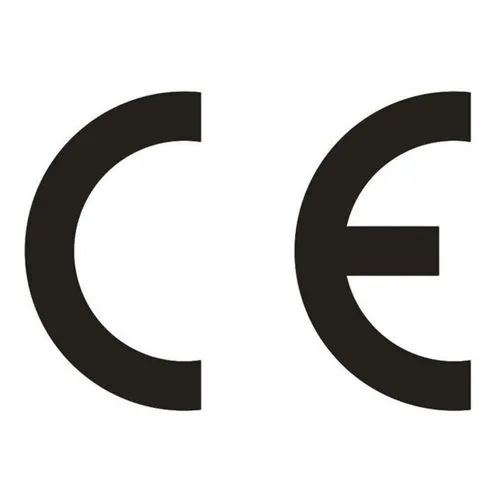I. Traditional HASL process
In the early development of electronic manufacturing, hot air levelling (HASL) has long dominated PCB surface treatment by virtue of its simple process, low cost and high solder reliability.Traditional HASL uses 63Sn/37Pb (eutectic tin-lead) alloy as the solder, and the molten solder is uniformly coated on the copper surface by a nitrogen-protected hot-air knife at a high temperature (about 245°C) to form an oxidation-resistant metal coating.
Core advantages of traditional HASL.
- Mature process: decades of validation, stable equipment and process parameters
- Low cost: tin-lead solder is only 1/3 of the price of lead-free alloy.
- Strong repairability: easy to follow up the maintenance and rework operations
- High soldering reliability: excellent solder joint wetting for complex BGA packages
Defects of conventional HASL.
- Toxicity issues: Bioaccumulation of lead leads to irreversible neurological damage, mandatory ban under EU RoHS Directive (2006).
- Environmental pressure: more than 200,000 tonnes of leaded solder waste per year worldwide need to be disposed of.
- High-temperature damage: 245°C process temperature easily leads to PCB warpage (especially multilayer boards )
Comparison: Conventional HASL can achieve yields of 98% or more, but leaded waste disposal costs account for up to 15% of total manufacturing costs.
II. Lead-free HASL
Facing the pressure of environmental protection regulations, the industry has upgraded through two paths: reconfiguration of material system and optimisation of process parameters:
1. Lead-free alloy systeminnovation
The following three types of alloys are currently used in mainstream lead-free HASL (see table below):
Alloy system | Melting point (℃) | Mechanical strength | Wettability | Cost factor |
Sn-9Zn | 199 | Medium | Good | 0.8 |
Sn-3Ag-0.5Cu | 217 | high | Excellent | 1.5 |
Sn-0.7Cu | 227 | Low | Medium | 1.2S |
Selection strategy:
- Consumer electronics (e.g. mobile phone motherboards) recommend Sn-3Ag-0.5Cu (balance of strength and cost)
- Industrial control boards tend to Sn-9Zn (ultra-low warpage sensitivity)
- High reliability military products need Sn-96.5Ag-3Cu-0.5Sb (melting point 221°C, but best thermal shock resistance)
2.Optimisation ofprocess parameters
Compared to the traditional HASL, the lead-free process needs to be focused on adjustments:
- Preheat temperature increase: increase by 10-15°C (to prevent cracking of solder by rapid cooling)
- Wind knife pressure control: reduce 15% (reduce the risk of alloy oxidation)
- Nitrogen purity requirements: ≥99.99% (to avoid high temperature oxidation into slag)
III. Challenges and breakthroughs in the application of lead-free HASL
Challenge Dimension | Problem Description | Solution |
Cost Control | 40-60% higher cost for lead-free alloys | Optimised alloy ratios (e.g. switching to Sn-9Zn-Bi with traces of bismuth) |
Solderability challenges | High melting point leads to increased BGA voids | Pre-applied flux + Segmented temperature rise profile |
Environmental certification | Need to meet IEC 61192-1-111 standard | Establishment of full-process RoHS testing system (XRF+ICP-MS) |
Restrictions on Rework | Loss of strength after rework of lead-free alloys | Development of low temperature rework processes (e.g. laser rework) |
IV. Future evolutionary trends
With the popularity of organic solderable protectant ( OSP ) and electroless nickel gold plating (ENIG), the market share of lead-free HASL tends to stabilise in the range of 35%-40% (according to IPC data).However, it is still irreplaceable in the field of military-grade PCBs and high-density interconnect (HDI) substrates, and is expected to be the direction of future technological development:
- Nano-coating composite treatment: superimposed graphene-modified corrosion inhibition layer on the surface of the lead-free HASL
- Low-temperature alloy exploration: Study of Sn-Bi-Cu system low-temperature lead-free alloys (melting point <180°C)
- Digital Twin Process Simulation: Pre-verification of Wind Blade Parameters with Simufact Welding Software
V. Conclusion
One of the most successful process improvements in the history of electronics manufacturing, lead-free HASL carries both traditional advantages and an environmental mandate.Despite competition from new surface treatments, its balance of cost-effectiveness and process maturity has kept it active in a number of key application scenarios.For manufacturing companies, grasping the technical core of lead-free HASL (e.g., alloy ratio, nitrogen purity control) will be a key strategy to remain competitive in the marketplace.

 English
English
 中文
中文











